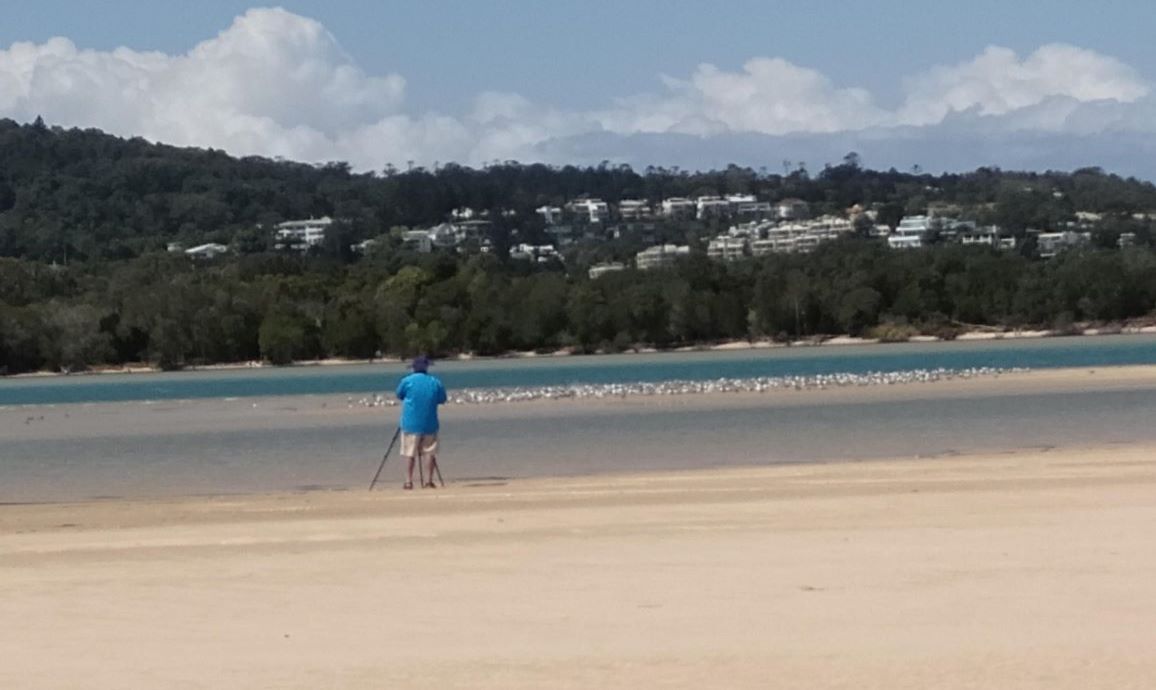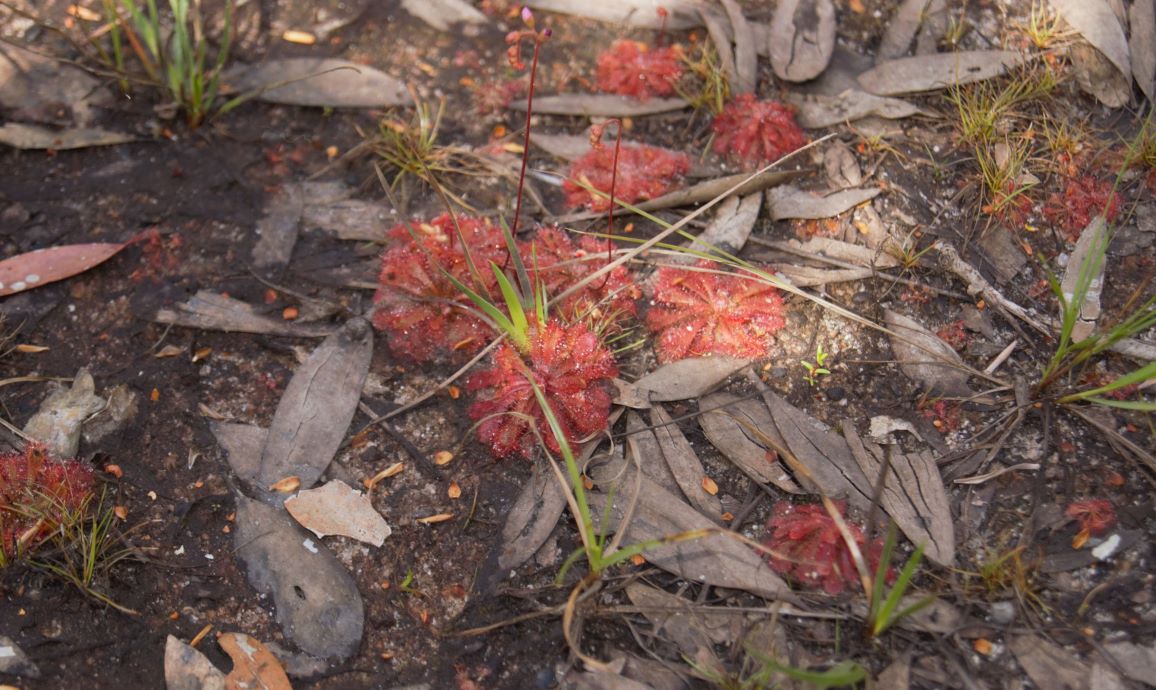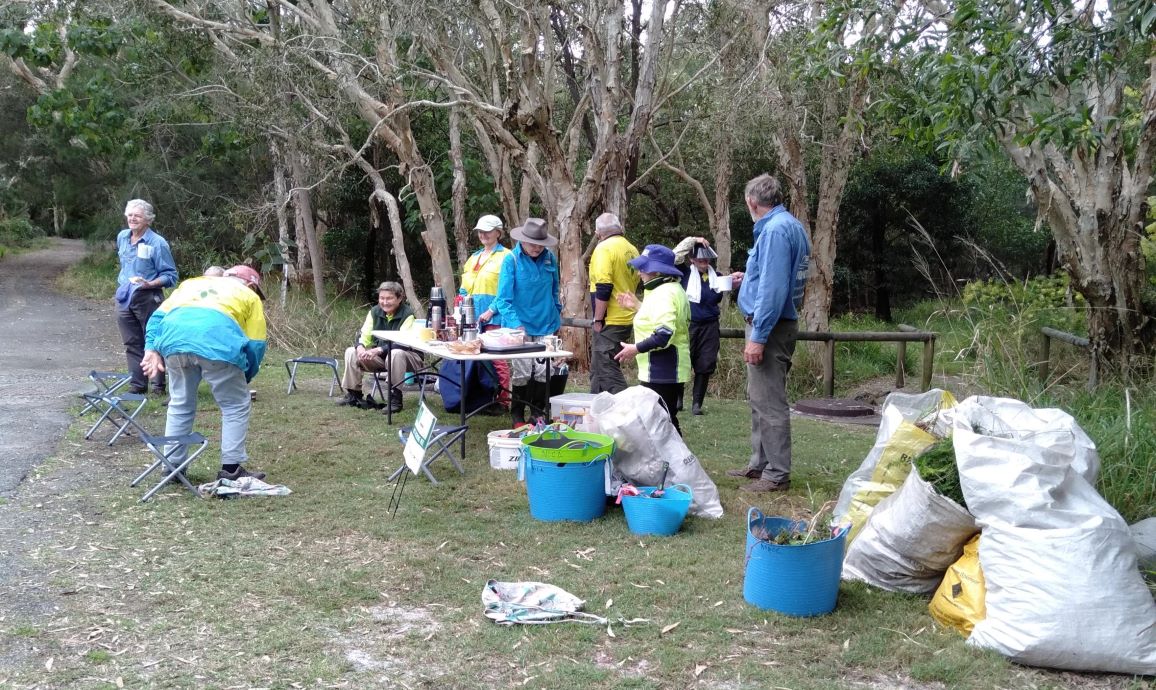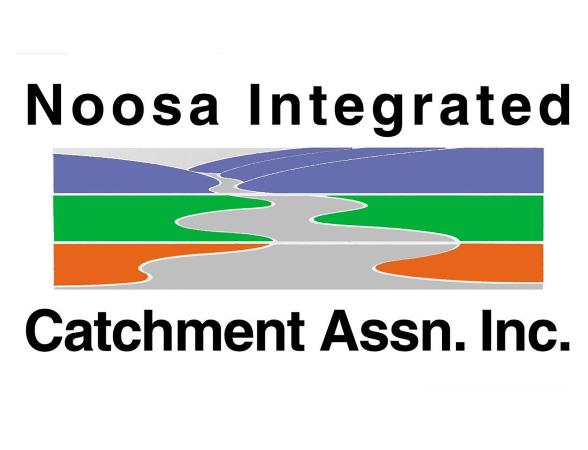As part of my studies, I’ve been spending a couple of days a week at NICA, learning about the organisation and the various projects they undertake. I am in my third year of study and I’ve learnt about many different subjects. Among the creative writing courses I have done, like ‘Writing for Children and Young Adults’ and ‘Writing for Screen’, I’ve also taken a psychology course, a few criminology courses and a course that looked at the narratives and worlds in games. I was interested in becoming an intern at NICA to learn more about the organisation and their projects. I also saw it as a chance to try my hand at something new.
So far, I have witnessed several of NICA’s projects, including the water testing and the shorebirds survey, and talked to a lot of the volunteers.
All of the people I’ve met have been welcoming and eager to share information on what they do. My time at NICA has been a wonderful experience and I’ve learnt many things—I was even able to recognise Sundews growing on the university’s Sippy Downs campus after seeing them at the Girraween Bushcare project.
The Girraween Bushcare project has been around for many years and is a good example of what NICA does. It has been known for a long time that environmental weeds threaten the survival of the native flora and fauna, but there is no legal obligation to remove these weeds. NICA has numerous ongoing bushland regeneration projects, involving the obtaining of grants and a huge input from volunteers. They manage the weed epidemics in several areas of Noosa, removing and safely disposing of them.
Volunteering for NICA can be seen as many things. You could do it to get out of the house or to keep busy; you could do it to meet new people and make friends; you could do it to feel better about yourself and like you’re giving back to the community; you could do it because you generally, whole-heartedly care about the environment. You could volunteer at NICA for any of these reasons; you could do it for all of them. The volunteers I’ve met have all been passionate about the projects they work on, eager to share all of the things they’ve learned since becoming part of NICA.



NICA has been around for a long time. Originally formed by 22 sectors of the local community, the Noosa River Catchment Management Strategy was developed and NICA was set up to manage projects that promote and protect the health of the Noosa River Catchment, and has since become a member-based organisation.
I am extremely glad I came to NICA. It is an amazing experience and it is wonderful learning about the work they do to look after the Noosa River Catchment.
Ashlee – Work Experience USC Student


